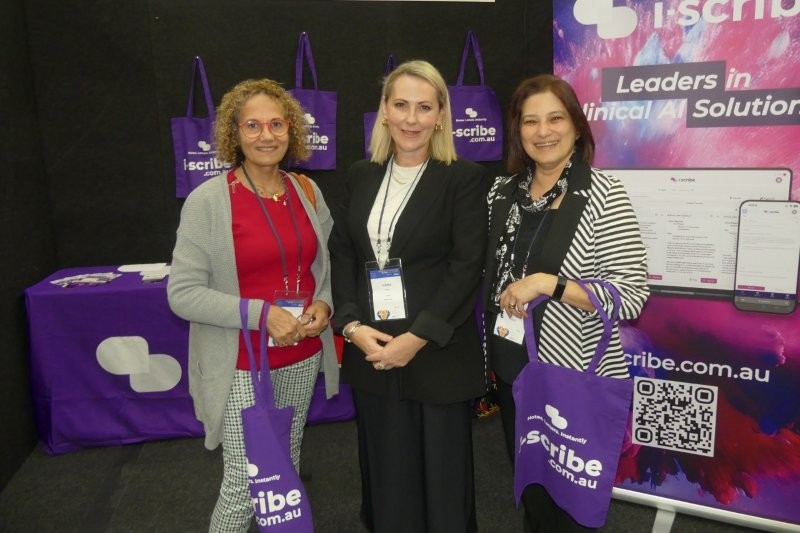A first for ‘Suture Future’
Joevy Lim, an honours student in Auckland University’s ophthalmology department, and her team ‘Suture Future’ have won first prize in the 2017 Velocity 100k Challenge, winning a total of $25,000 to support the development of their new business venture.
Suture Future is developing a new surgical stitching device which will significantly improve the efficiency of stitching, says Lim, with the time saved during stitching directly translating into lower rates of morbidity (complications) and mortality (deaths). This will, hopefully, also contribute to a reduction in health care costs through better clinical outcomes, adds Lim, who was unable to go into more detail as her fledgling company is currently bound by a non-disclosure agreement, adding to the excitement.
Lim says winning was surreal: “I was elated, thankful and proud that all the hard work our team put in to this venture paid off in the end. We had very tough competitors, many of whom were university researchers and working individuals. Winning the challenge was a major validation of our idea and has motivated us to keep moving forward.”
The team: Lim, final year medical student, Adrian Ng, and economic and psychology major, Rachel Yeu, all worked extremely hard balancing their studies with work on the start-up, which would not have been possible without the support of Lim’s supervisor, Associate Professor Jennifer Craig, says Lim.
The Velocity 100k Challenge is an entrepreneurship programme run by the Centre of Innovation and Entrepreneurship at Auckland University. All finalists get a mentor and go through a six weeks intensive Launchpad programme designed to turn ideas into reality, creating a business plan and presentation for their venture.
In other University news, Lim’s ophthalmology department colleague, Dr James Slater has been awarded a $172,482 Pacific Clinical Research Training Fellowship grant by the Health Research Council of New Zealand (HRC) for his ‘CHOCS and TOFU projects: Ophthalmic changes in diabetes’.


























